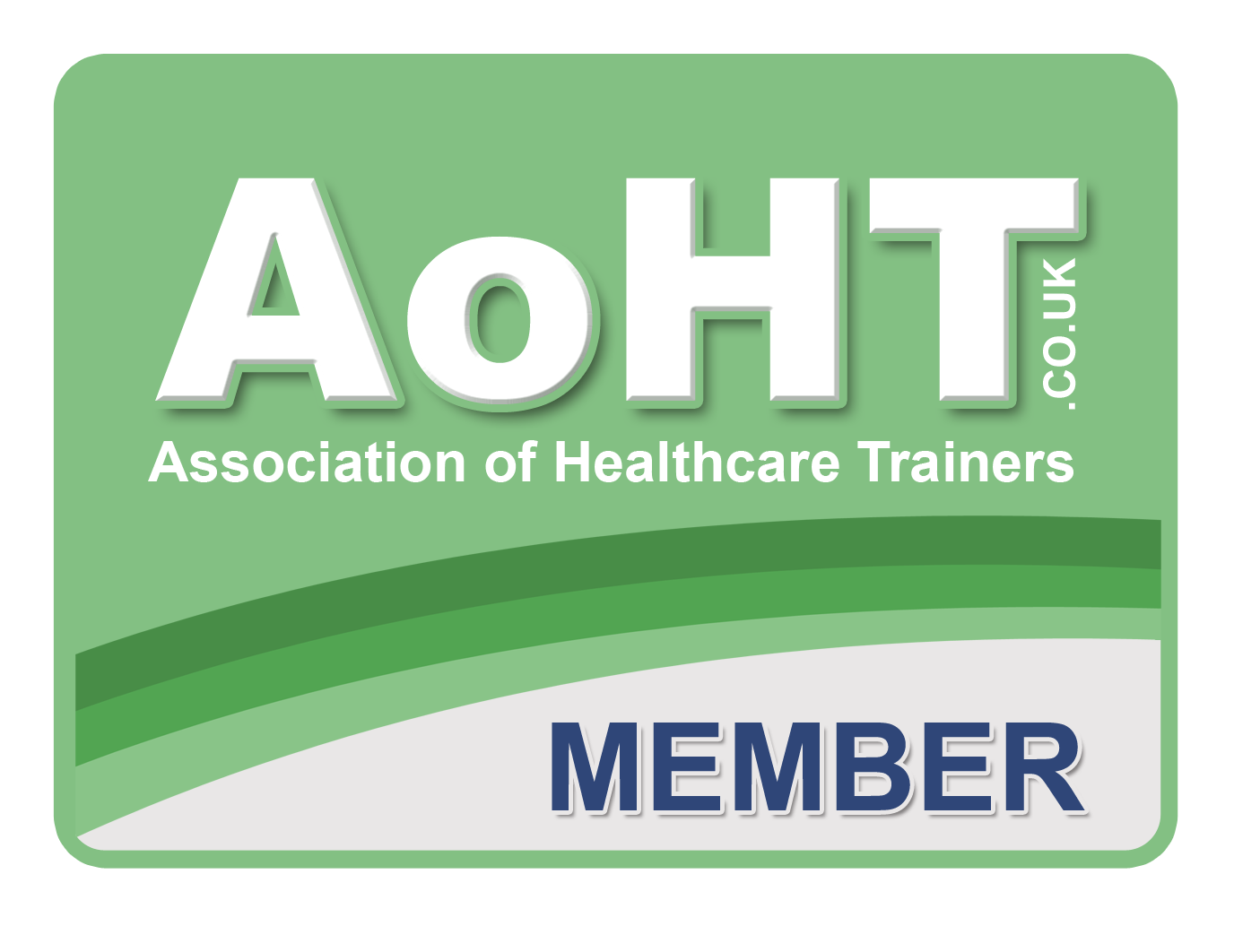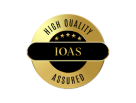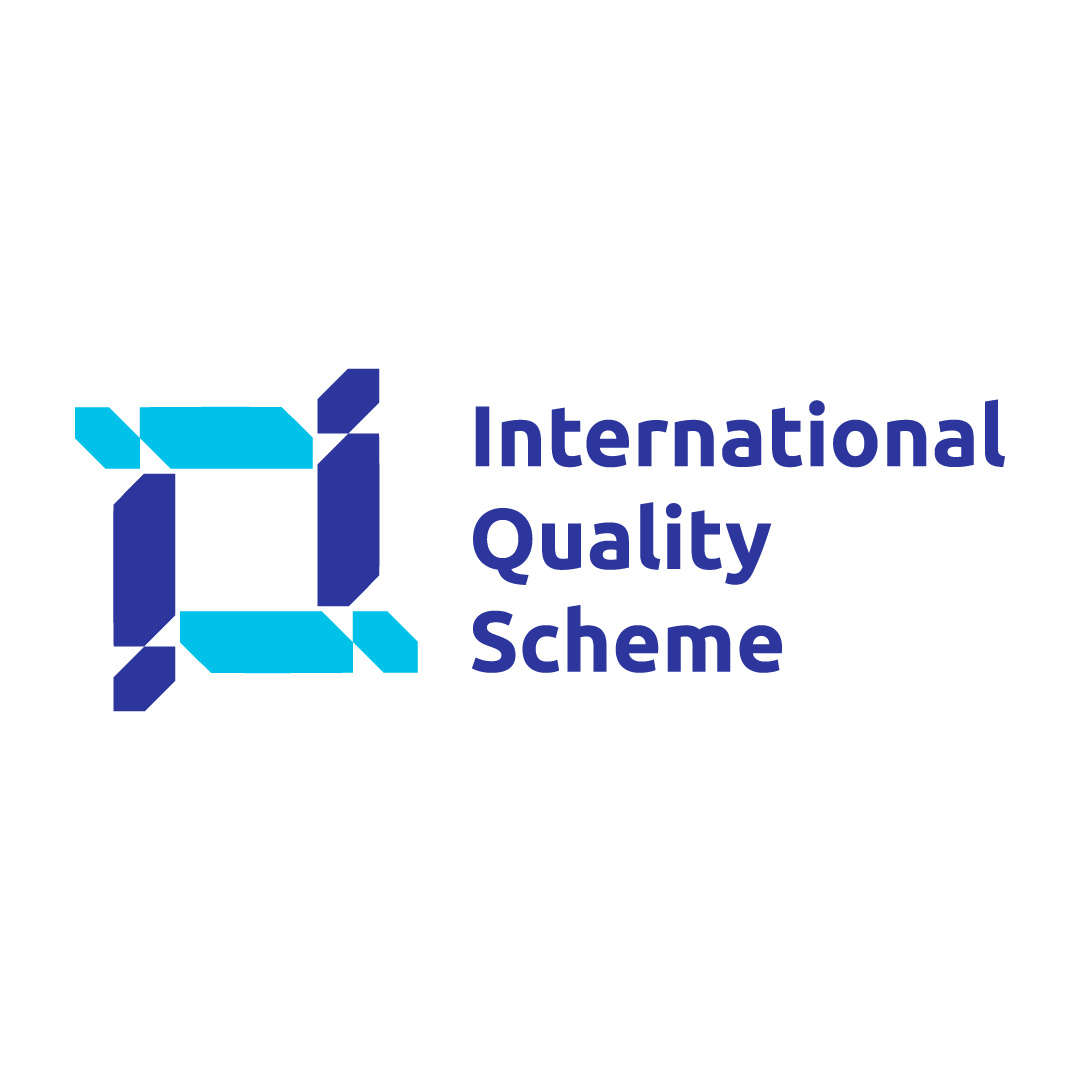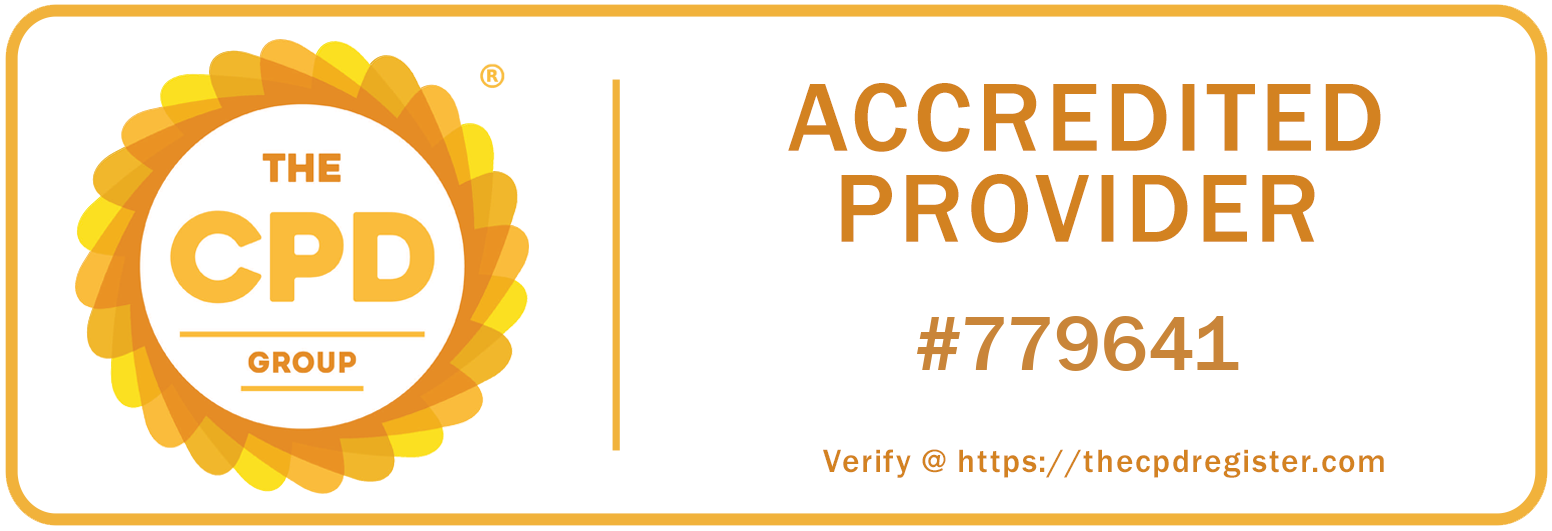
Food hygiene is a vital process that ensures food safety. Failure to follow the essentials of food hygiene procedures and practices may result in food-borne illnesses. This affects millions of people worldwide. Proper storage, preparation and cooking of food can help reduce the exposure of consumers to infections and diseases. Bacteria, viruses or other contaminants may cause it. As a food handler, food safety protects its customers from infections and diseases. This also protects my reputation as a business owner.
This blog aims to share 12 principles of basic food hygiene to ensure food safety and avoid foodborne diseases. It enables individuals and firms in serving food to reduce the risk and one can ensure that what they eat is safe. These principles are the basis for any individual handling food at home or in a business.
Enrol our Food Hygiene and Safety to learn more about essentials of food hygiene.
Rule 1: Hand Washing

Washing your hands is one of the best ways to do this. There are several good reasons for washing your hands properly. Most importantly, what we eat is very likely to also pass through our hands.
One of the biggest problems when you or somebody else prepares food is the risk of spreading germs and pathogens from your hands.
According to food safety authority of Ireland, hand washing is the first line of defense in food safety.
Importance of Proper Hand Washing to Prevent Contamination
Washing your hands properly prevents you from spreading bacteria, viruses and other bugs that may cause illness. Dirty hands can contaminate food, surfaces or other people just by coming into contact with them. This is why we need to wash our hands carefully before handling food, afterwards, as well as before eating and when going to the toilet. This means using soap and hot running water, rubbing your hands together and cleaning. Simple hand washing can help reduce foodborne illnesses. This can be very serious – from Salmonella, E. coli and Norovirus to chikungunya and canal worms.
Steps for Effective Hand Washing
Wet Your Hands: Wet your hands with clean, running water (warm or cold).
Apply Soap: Apply enough soap to cover all hand surfaces.
Lather and Scrub: Lather soap by rubbing hands together. Wash the backs of your hands, between your fingers, and under your fingernails.
Scrub 20 Seconds: Rub your hands together for a minimum of 20 seconds. To be sure you’re the proper length, hum ‘Happy Birthday’ two times.
Rinse Thoroughly: Rinse your hands well under clean, running water.
Dry Your Hands: Dry your hands thoroughly with a clean towel or air dryer.
Frequency of Hand Washing
Hand washing is important, especially at certain times when it’s more likely that you will pass a germ to another human. Certain times when it’s important to wash hands are:
- Before, during, and after preparing food
- Before eating
- After using the toilet
- After blowing your nose, coughing, or sneezing
- After touching garbage
- After handling raw meat, poultry, or seafood
- After changing diapers or cleaning up a child who has used the toilet
- After caring for someone who is sick.
Rule 2: Personal Hygiene
When it comes to food handling, personal hygiene is vital for preventing food contamination and safe food preparation. Always maintaining good personal hygiene can help to reduce the risks of food poisoning. It also prevents diseases from contaminated food. Here are some ways food handlers can maintain the highest level of personal hygiene in food preparation:
Guidelines for Maintaining Personal Hygiene in Food Handling
Food handlers must keep clean, there must not allow any harmful bacteria to transfer from their body parts to the food they handle. Regular cleaning of their hands is a must-do thing before and after handling the food. Also after common touches such as using the toilet, dealing with chickens or cattle. Cleanliness prevents bacteria spread from hand to food.
Dress Code and Jewelry Restrictions
All food handlers are required to wear proper clothing while working. When food is proper, the food handler's clothing should be clean and tidy. Food handlers should wear aprons with sleeves, or hairnets or caps, to prevent their hair from falling into food. Jewellery should be limited to just a plain wedding band, as other types of jewellery can easily carry bacteria, and could fall into food. Work clothes should be changed regularly, and stored separately from personal clothes.
Health Requirements for Food Handlers
An unwell food handler should not work. If you have a vomiting or diarrhoea bug, a sore throat or a skin infection, such as impetigo, you should not work with food until you are better. If you feel unwell while working with food, you should tell your supervisor. You should not handle any food until you are better. However, if you really must work while you are ill, you should maintain good hand, cough and sneeze hygiene. You should wash your hands frequently using soap and water for at least 20 seconds. Always clean your hands before and after food handling. Use a hand sanitiser if running water is not available, before eating or putting on gloves. This applies whether you are at work or home. It is recommended to wait at least 48 hours after symptoms have ceased before returning to work. Overall, you can use this information to stay safe and avoid food-borne illnesses as much as possible.
Rule 3: Clean Work Surfaces
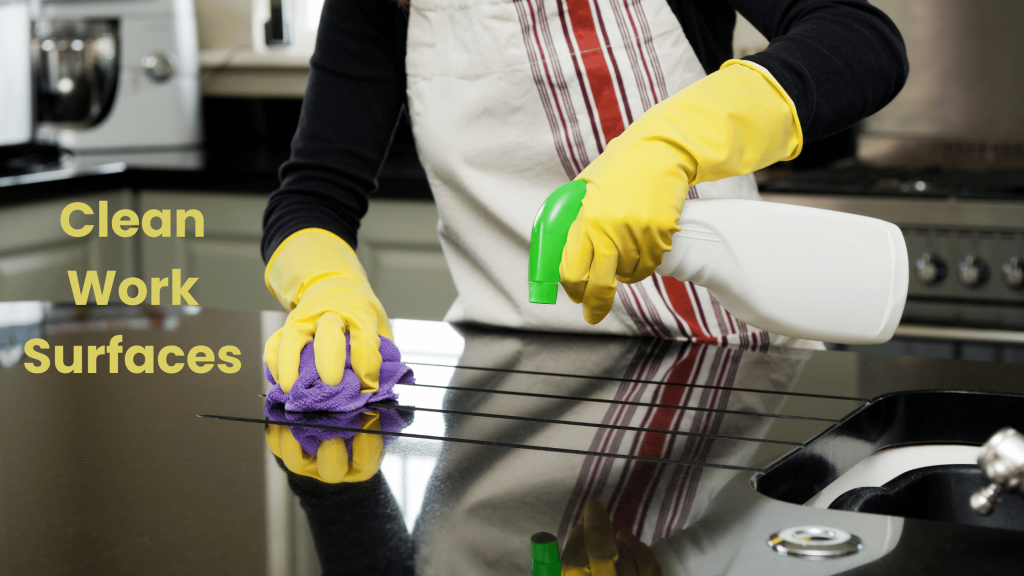
Keeping working surfaces clean is essential to avoid foodborne illnesses. It is required to provide a safe environment for food preparation, working surfaces should be kept clean.
Germs and bacteria will grow on some surfaces, therefore keeping a kitchen clean is vital to keep food contamination at bay.
Importance of Keeping Kitchen Surfaces Clean
Food-borne pathogens such as Salmonella and E. coli thrive and multiply on countertops, cutting boards, appliance handles, fixtures, doorknobs, utensils and equipment. Especially when food crumbs and dirt accumulate. Raw foods, ranging from seafood to produce, can contaminate other food items leaning against them. They can spread bacteria or other dirt with which they are in contact. Cleaning and sanitising sinks, counters, cutting boards, work tables, food contact surfaces and utensils regularly reduces your risk of spreading foodborne pathogens and resulting illnesses.
Methods for Cleaning and Sanitizing Surfaces
Good cleaning removes visible dirt but, more importantly, also kills bacteria. First, wash surfaces with hot, soapy water to remove food residues and soil. Then use the sanitising solution to disinfect the surfaces. A bleach solution of one tablespoon of bleach per gallon of water followed by rinsing with clean water to remove the chemical residues.
A much more natural solution is a spritz of vinegar and water. Use separate cleaning cloths or paper towels for different surfaces (not shared). Wash any reusable clothes regularly in hot water.
Frequency of Cleaning During Food Preparation
Regular cleaning throughout the food preparation process is essential. Surfaces should be cleaned:
- Before beginning any food preparation
- After handling raw meat, poultry, or seafood
- After any spills or contact with potentially contaminated items
- Between the preparation of different food types to prevent cross-contamination
Wiping out all the kitchen counters, sweeping the floors and taking out the garbage. Everyday cleaning will prevent germs from building up. Periodic deeper cleaning of appliances and areas used less is also important for good sanitation.
Rule 4: Safe Food Storage
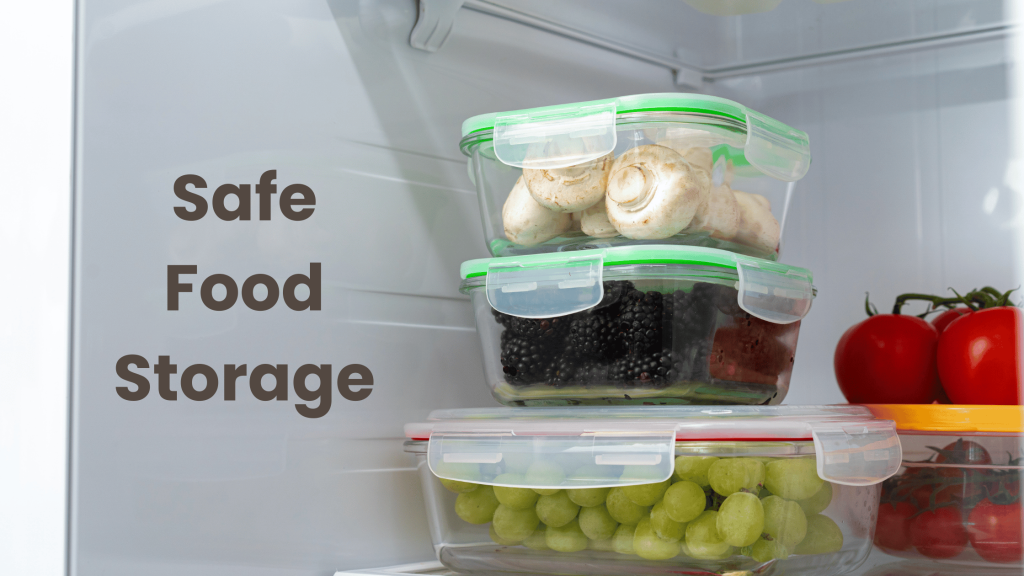
Food which has not been stored properly can lead to a food poisoning outbreak and cases of food spoilage. Incorrect storage usually occurs when the wrong temperatures are used or when food remains out in the open air for an extended period. Here are some aspects to consider when storing food safely:
Proper Storage Temperatures for Different Types of Food
Keeping foods at the right temperatures helps to prevent bacterial growth. The refrigerator should be set at 4°C (40°F) or lower; the freezer should be -18°C (0°F) or lower. All perishables, along with eggs and leftovers, should be kept in the fridge or freezer. So they’re not hanging out between the ‘danger zone’, 4 to 60°C (40 to 140°F), where bacteria can rapidly multiply. For example, raw poultry should stay in the fridge for no more than 1-2 days and can be stored in the freezer for up to a year.
Organising the Fridge to Prevent Cross-Contamination
You should also organise your fridge in a way that prevents contamination. Raw meats should be placed on the bottom shelf in airtight containers so their juices can’t leak onto other foods. Ready-to-eat foods and leftovers should be placed on the upper shelves as these foods are least likely to be contaminated by raw food juices. From ground beef to vegetables and milk, each food type should be packed separately in airtight, labelled containers, which can be arranged on different shelves. Whenever you check your refrigerator for its contents, an appliance thermometer should be used to test the temperature in case it has risen above a safe limit.
Labeling and Dating Food Items
Food safety depends largely upon the people who consume the food. Greater attention to labelling and dating of food items will improve the situation. Each of the containers of food products should include the date of storage and the name of the formula in the food. This way, inventory of usage can be maintained. Older items should be used first before new ones enter the basket, to prevent potential usage of stale products. The labels should be clear and legible, and items should be handled according to the first in, first out, rule. Food and its containers should be checked periodically for expiration dates. Food past its expiry period should be discarded.
Rule 5: Cooking Food Thoroughly
Food must be cooked to the right temperature, or else it may be unsafe for eating, as it can still carry disease-causing bacteria. If food isn't cooked correctly, we risk getting food poisoning. That's why killing any bacteria in food by cooking it properly is necessary in cooking.
Importance of Cooking Food to the Correct Temperature
Good cooking, then, would kill Salmonella, E coli and Listeria. Just a few of the many microorganisms commonly found in all foods. Meat, poultry and seafood are the most common vehicles of food poisoning. Too often, food is eaten before temperatures get high enough to kill them. Reaching the proper internal temperature is simply the best strategy to avoid food poisoning.
Safe Cooking Temperatures for Various Foods
Different types of food should be cooked to an internal temperature to prevent food poisoning and other illnesses. For example, for poultry, especially chicken and turkey, the food should be cooked to a temperature of at least 75°C (165°F). Ground meats such as beef and pork should reach a temperature of 70°C (160°F). Fish should be cooked to a safe temperature of 63°C (145°F). These temperatures should be reached with the help of a food thermometer for accuracy.
Tips for Ensuring Food is Cooked Evenly
To ensure food is cooked evenly and thoroughly:
Food Thermometer: Use a food thermometer to make sure your food has reached a safe internal temperature. Pick one up at the grocery store; you can find inexpensive, calibrated food thermometers. Place it in the thickest part of the meat, away from bone, fat, and gristle.
Follow Cooking Guidelines: This can be as obvious as following recipe guidelines and cooking instructions on the packaging. This should list times and temperatures that are considered safe for certain foods.
Visual checks: Looking for clear juices on the plate and a lack of pink meat (poultry and pork), and for flakiness in fish preparations.
Microwave Cooking: Cover food whenever possible to trap steam, which helps food cook evenly. – stir and turn food halfway through the cooking time – leave food to rest for a few minutes after microwaving so the heat has time to distribute evenly.
Don’t cross-contaminate: Be extra careful to also clean utensils, cutting boards and certain surfaces that touch raw food before they come in contact with food that is cooked. This will ensure that no bacteria from raw to cooked food.
.
Rule 6: Avoiding Cross-Contamination

Cross-contamination is guaranteed to make people sick. Cross-contamination is when bacteria and pathogens are transferred from one food to another or from one surface to another. Here are some tips to prevent cross-contamination.
Keeping Raw and Cooked Foods Separate
The first line of defence against cross-contamination is to keep raw foods and cooked foods separate. Raw foods – particularly meats, poultry, seafood and egg products – can harbour dangerous bacteria. It is dangerous to let raw juices from meat contaminate other foods. Keep raw meat on the bottom shelf of your refrigerator so it doesn’t drip onto other foods. Separate containers with raw meat should not be used for cooked food. This keeps bacteria from raw meat from contaminating ready-to-eat food.
Using Different Utensils and Cutting Boards for Different Food Types
Different cutting boards and utensils should be used for raw and cooked foods to prevent the transfer of pathogens from raw to cooked food. Keep one set for raw meats and another set for fruits, vegetables and ready-to-eat foods. Other coloured cutting boards will help to keep these items separate and limit the chance of accidentally using the wrong one. After each use, wash and sanitise all utensils and cutting boards to remove any bacteria. This way, any bacteria that may still be present on cutting boards and utensils from raw food will be removed before being used to prepare other foods.
Cleaning Procedures to Prevent Cross-Contamination
Thorough cleaning and sanitising can prevent cross-contamination. Wash all counters, sinks, utensils, surfaces etc every day so that they are visibly clean. Also, wipe down the equipment after every use. First, wash and then sanitise with hot soapy water, which kills germs and bacteria. Wash the counter, sink, and other equipment whenever they are directly in contact with raw foods. If you have your own business, it is important to improve your sanitation processes. The best way to improve your food safety is to become an expert in hygiene.
Hand washing is critical and is necessary in preventing cross-contamination. Before and after touching different foods, especially raw meat, wash your hands with soap and hot water. Remember to wash your hands thoroughly every time after putting your hands into different foods. Good hand-washing practices help to maintain a hygienic and contamination-free kitchen.
Rule 7: Managing Food Allergens
People with food allergies need to manage food allergens to avoid severe allergic reactions. It may caused by allergens present due to cross-contact. The following recommendations apply.
Identifying Common Food Allergens
To answer that question, the first step involves correctly recognising food allergens. Common food allergens include peanuts, tree nuts, milk, eggs, shellfish, fish, soy and wheat. Knowing the identity of common allergens can help prevent accidental exposure. It can also help in labelling foods and including proper warnings about the presence of certain foods.
Preventing Cross-Contact with Allergens
Avoiding cross-contact requires methods similar to those preventing cross-contamination. Alergen-containing foods and allergen-free foods should be handled separately. Equipment used to prepare foods from allergen-containing food must be cleaned and sanitised. It is required to avoid allergens remaining on the utensils’ handles, cutting surfaces and so forth. All staff must be trained to understand the risk of cross-contact and the hazards posed by allergenic ingredients. Avoiding cross-contact should be standard practice where foods are prepared for allergic consumers.
Proper Labeling of Foods Containing Allergens
Food labels do a great job of letting us know what’s inside our food. So people with allergies should be able to clearly label anything that contains an allergen. All of the food’s ingredients should be listed for packaged items, with the most common allergens listed as well. It should be easy for customers to ask about allergens in menu items and for a food service employee to answer these questions. Doing so will enhance a person’s choice and reduce the chance of any food allergen being present.
Rule 8: Maintaining Equipment
For food safety proper maintenance of kitchen equipment is very important. Regular maintenance and cleaning of kitchen equipment is very important. This will prevent equipment from getting dysfunctional, prolong its life and prevent contamination.
Regular Maintenance and Cleaning of Kitchen Equipment
Cleaning and servicing of kitchen equipment is one of the regular duties involved in a household. Some appliances need to be serviced daily, whereas others can go months without maintenance. Daily cleaning of appliances is a practice to ensure the premises remain tidy. It also clears up food deposits, grease and other dirt which could affect how the appliances operate.
It is advised that ovens, grills and fryers are cleaned daily to remove food deposits and grease that can build up on these appliances. This would deter the appliances from heating up or cooking food properly, and it would also act as a possible fire hazard.
Following the manufacturer’s instructions and regulations is advisable. Concerning appliance cleaning and the cleaning agent used. One advantage of this is it minimizes the risk of damaging the appliance. It also guarantees complete sanitization.
Checking Equipment Functionality Before Use
Before using kitchen equipment it should be checked for its functionality. It should be checked to see if it has any physical defects. All components should be working as designed, and all safety features should be in working order and working properly. Inspections can identify wear before it causes the equipment to fail, allowing it to be repaired promptly and not break down at a busy time. Routine checks can be scheduled and information can be logged so the condition of all kitchen equipment is known and kept up to date.
Proper Storage of Utensils and Equipment
Store utensils and equipment in a way that maintains cleanliness and readiness for use. Always store utensils in clean and dry places. Use designated places for storage to prevent cross-contamination. Cutlery, for example, should be stored in the knife block or a magnetic strip to prevent dulling or damage. Spicers, blenders and other appliances should be stored by usage frequency. Frequently used appliances should be easily accessible, and lower in storage. Others should be properly stored in secured containers, away from the kitchen’s passage. Proper storage ensures protection against dust entering into it and contamination. Always clean the storage spaces to maintain hygiene. Keep the areas and appliances free from any pests.
Rule 9: Safe Food Handling
Good food-safety practices are important to not only prevent food poisoning but also to make food safe to eat.
Guidelines for Handling Food Safely During Preparation and Serving
Safe food handling should always be observed to minimise the risk of food contamination or poisoning. Before and after handling food, especially raw meats, be sure to wash your hands thoroughly with soap and warm water. When preparing food, be sure to use separate cutting boards for raw and cooked meats. Generally, avoid preparing different foods on the same cutting board to prevent cross-contamination.
At all stages of preparation, make sure that food is kept within a safe range of temperatures. Don’t ever leave perishable items out of the refrigerator for too long. When serving a meal to guests, minimise the risk of contamination by never putting your hands directly on ready-to-eat food items. Instead, use clean utensils to serve and clean the foods.
Using Gloves and Utensils Appropriately
Wearing gloves and using utensils during food preparation helps avoid direct contact with foods. When using gloves, always wear them when handling ready-to-eat foods. Don’t touch your face or other parts of your body when wearing gloves. It is also recommended to change your gloves more frequently than every day to prevent transferring bacteria.
When using utensils, make sure you properly clean and sanitise between uses. Especially when switching between different types of foods. Also, check the condition of the utensils and dispose of any that are damaged (with cracks or chips) to avoid harbouring bacteria.
Keeping Food Covered to Protect from Contaminants
Avoiding contact with substances such as airborne particles, soils, and pests is important for stored or prepared food. Food should be kept covered at all times using food-grade containers and covers. This helps maintain food temperature by reducing the transfer of heat loss, and moisture loss, to the air. In a commercial setting, foods can be served on a buffet, using food covers and sneeze guards to keep foods away from direct customer contact.
Rule 10: Pest Control
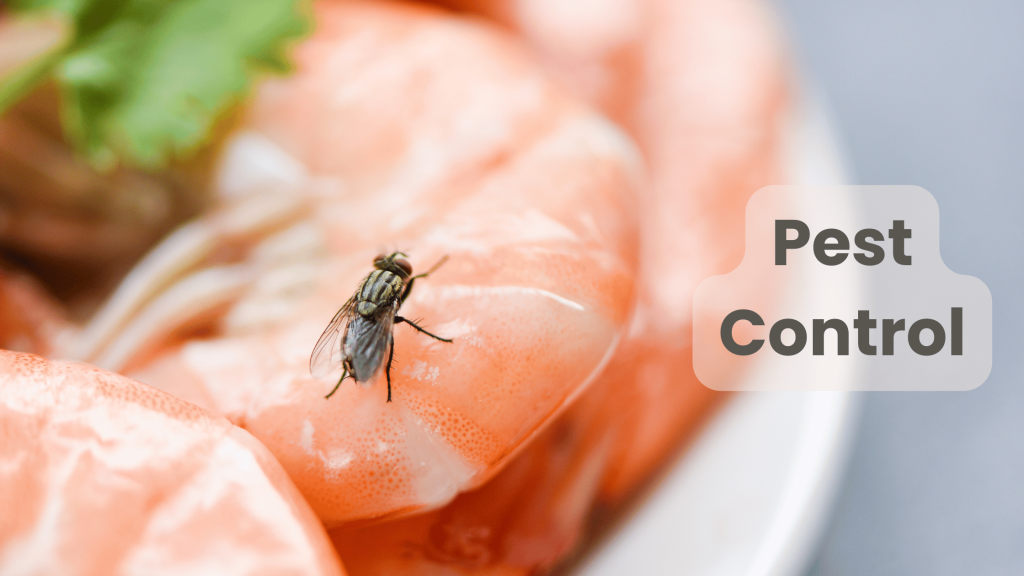
Effective pest control is crucial in maintaining a safe and hygienic food preparation area.
Preventing Pests in Food Preparation Areas
It is also a matter of being mindful of cleanliness and keeping pests out. Keep everything clean. Clean food storage areas and equipment regularly to eliminate food particles that attract pests. Seal cracks and gaps in walls, floors and around pipes, which will keep pests out. Keep doors and windows closed or screened to deter access.
Methods for Controlling Pests
Preventing pests means installing barriers and constantly maintaining them. To reduce the effectiveness of such barriers, pests must be monitored and actively controlled. Furthermore, for extremely severe infections, involve a professional pest-control specialist. Make sure all pest-control measures adhere to regulatory requirements for food safety. If there are food pests, make sure actions don’t create a risk to food or food preparation areas.
Regular Inspections and Cleaning to Deter Pests
Conduct routine pest inspections to detect the first signs of pest activity. For example, droppings, nests and damage to packaging or structures. Sequence the cleaning routines in such a way as to eliminate larvae development. Thoroughly cleaning the surfaces where pests and their eggs may hide. Perform scheduled cleaning and inspection routines to maintain pest exclusion.
Rule 11: Waste Management
Waste management plays an important role in ensuring food safety. It helps maintain hygiene and prevent cross-contamination, which might lead to food poisoning. It also minimises pests and helps in maintaining a clean kitchen. Banking on my experience of working in various kitchens of hotels, I would like to share vital practices of waste management:
Proper Disposal of Food Waste
Food waste should be removed from the premises as quickly as possible. It stops pests and bacteria from contaminating the environment. Late bins for different waste types such as mixed waste, plastics, glass, food, cardboard and paper to reduce contamination.
All food waste that is produced in the kitchen should be removed frequently if required, to reduce cross-contamination.
All bins should have the appropriate liners and lids fitted to keep bins covered and hidden from pests and external weather changes.
Keeping Waste Bins Clean and Covered
The waste bins go a huge avenue in gaining fame that cannot be underestimated. This is because, if these bins are no longer clean, bacteria will quickly create due to the excrement residues rendered in them. Furthermore, known as stench or bad odour is also visible to everyone who walks by and it's not a great sight.
Those bins need to be washed regularly along with disinfectant. Then dried off using any kind of cloth before they were reintroduced at their former locations. Additionally, if the bins are provided with tightly fitted lids, this will be a further deterrent for pests such as rodents.
It is preferred to place the bins at s distance, far away from the food preparation areas to decrease any chances of cross-contamination.
Regular Removal of Waste from Food Preparation Areas
It is very important to keep the waste out of the kitchen. This is because in case if we leave waste in the kitchen after a day, it will become smelly and will also attract pests. To avoid facing any of these issues, we must remove the waste daily by putting it in the dustbin. The manager of the kitchen should set a timetable for waste removal and make sure that the staff follows that.
Rule 12: Continuous Training and Compliance
Constant training and food safety rules are vital. It makes sure that staff have up-to-date hygiene knowledge in keeping food safe and making sure that all staff and customers follow the rules.
Importance of Ongoing Training in Food Hygiene
Regular training session for all food handlers needs to be carried out to reinforce the principles of food hygiene. It will also keep everyone up to date with new legislation and procedures. Training should be available to staff in the fields such as good hygiene practices, food handling, and cleaning. Have to keep the staffs conscious and regular in the implementation of food safety measures.
Keeping Up with Food Safety Regulations
Food safety regulations are constantly updated and food establishments must be aware of these changes. Compliance with these new regulations requires regular review and updating of food safety plans. Self-audits and attending workshops and training courses when needed. Being compliant not only ensures that the food served is safe but also helps to prevent legal implications and fines.
Conducting Regular Audits and Reviews
Organising regular audits and inspecting the food law demonstrates areas where enhancement is needed and sustained and where a required expected level must be achieved. An audit might be internally completed or done by agencies in their internal auditing. It is done to reduce the possibility of bias during evaluation. It will be done by looking at the whole hygiene skill of an establishment and its products. This process will dramatically pull back for improvement.
Conclusion
Food poisoning and other health issues related to food safety can be easily prevented. There are several basic rules of food hygiene that anyone who makes meals for themselves or others should follow. These include washing your hands thoroughly, keeping your nails short, and using fresh water to soak and cook the food. Have to keep the work surface clean, storing the food out of reach and cooking meals until they’re thoroughly heated.
This helps prevent the spreading of the disease to others by introducing a well-practised practice among the public. It will eventually contribute to the overall image of the food establishments. Following food safety laws will ensure high standards are consistently met, through training. Food hygiene is undoubtedly the key factor for food preparation to be healthier for everyone. This can also provide staff who will find themselves in a safer working environment.
